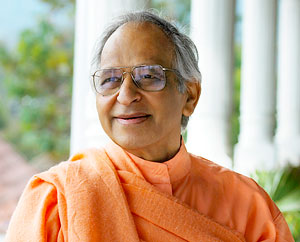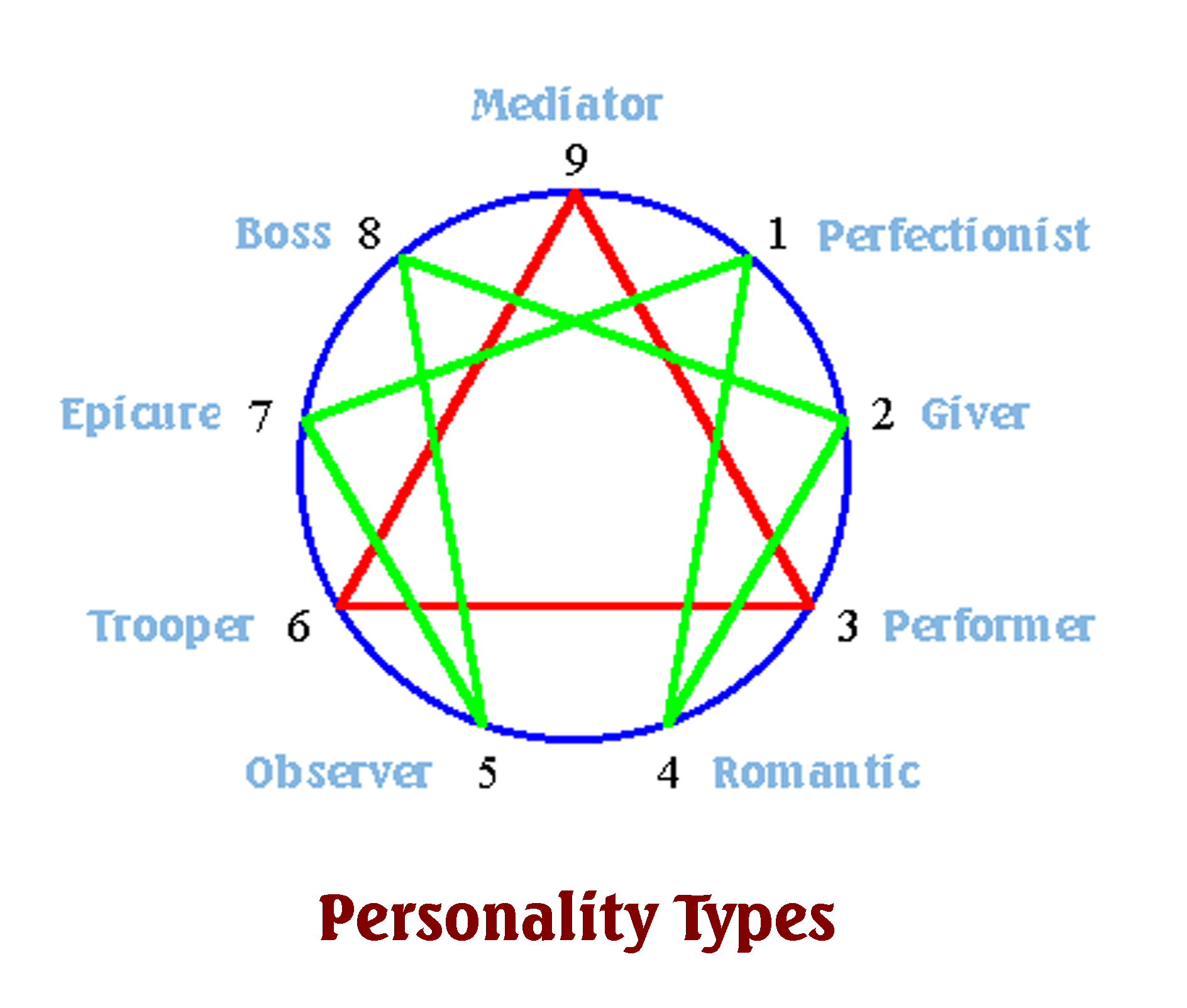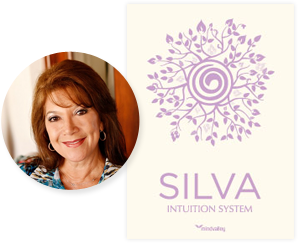Swami Veda Bharati, together with Swami Rama were my first yoga teachers in the early 1970’s. Swami Rama passed away in 1996 and Swami Veda Bharati is now the leader of the Himalayan Tradition of Yoga and Meditation in Rishikesh, India.
 Just over seven years ago, I re-established contact with Swami Veda Bharati through an outstanding yogini, Sherri Baptiste, who wrote to Swamiji on my behalf. He was wonderfully accommodating and granted me permission to quote him whenever I saw fit.
Just over seven years ago, I re-established contact with Swami Veda Bharati through an outstanding yogini, Sherri Baptiste, who wrote to Swamiji on my behalf. He was wonderfully accommodating and granted me permission to quote him whenever I saw fit.
I recently received this article from Swamiji and want to share it with you.
6 Steps of Yoga Practice
Every yoga asana (pose, posture) has six steps to it. These steps follow each other in a precise sequence and apply to all asanas. If we can master, if we can understand these steps in a single posture, then the procedure for doing all other asanas is understood. For example, if we know the steps of doing neck rolls in Swami Rama’s Joints and Glands Exercises, the same principles can be applied to all other asanas.
The Six Steps are as follows:
- CENTERING
Of the Six Steps in doing an asana, there are three steps which are totally motionless, and there are three steps which involve movement. All asanas begin from a motionless position in which we are Centered. The centering positions vary depending on the posture we are doing. Examples of Centering poses are :
- Sitting in a meditative asana {Svastikasana, Sukhasana, Maitri-asana, etc.)
- Standing in the Mountain pose (Tadasana) or a more relaxed standing pose
- Sitting on the floor with the legs outstretched {Dandasana)
- Kneeling (Virasana)
- Lying on the stomach {Makarasana, crocodile position)
- Lying on the back (Shavasana, corpse pose)
In the Centered poses we prepare ourselves to do the posture by being balanced mentally and physically. The Centered poses are all symmetrical and contribute to a feeling of harmony and groundedness. From this still, watchful place, the subsequent step or steps can be visualized in the mind.
- MOVING INTO THE POSE
It might be thought that postures which involve movement are not as mindful or meditative as those in which we are totally still, but this is not the case. In all steps of doing asanas, the mind is always awake, alert, attentive, aware. To maintain the awareness, the Movement into the Pose is done slowly, smoothly, carefully, gently. It is important not to overstretch. There should be no strain. Always stay well within one’s stretch-limits and let the mind and the breath do the work. In about 30 seconds, the muscle fascia will release.
We are observing, at each tiny incremental movement and at each micro-moment, all the information which is being communicated to us, as if we are carrying a bowl of water filled to the brim and do not want to spill a drop.
In the beginning one’s attention is pulled to physical areas of tension. However as one advances, the attention is, more and more, from the subtle to the material until, at an advanced level, the entire process is watched from the moment of intention, through the pranic movement into the areas needed to make the movement, to the activation of the nerves and muscles.
A very good rule to follow in doing asanas is “Go though the posture as if you have all the time in the world, but not a moment to lose.” Explore, explore, explore !!
The breath is important in moving into poses. Moving into “closing” poses, where parts of the body are coming together (such as forward bends) begins with an exhalation. Moving into “opening” poses where parts of the body are opening (such as the Cobra) begins with an inhalation. In all the Six Steps, and from one asana to another, mindfulness of the breath is essential to smoothly connect the parts, like a string (sutra) which unites the beads of a necklace.
- REFINING THE POSE
Once the pose has been adopted, there is a period of adjusting and correcting. It is here that the pose is fine-tuned. Adjustments are made – further straightenings, extensions or rotations are done so that certain awarenesses can be obtained and certain benefits can be derived. This might involve shifting the position of the neck, shoulders or hips to bring them, or the spine, into alignment.
- HOLDING THE POSE
All the mental concentrations here are the same as in the original Centering Pose. The mind goes within and watches. An important principle of doing asanas is that no muscles be used that are not needed. This requires discrimination and selectivity. Swami Veda has said that bodily parts which are not needed should be totally relaxed to free prana flow through those areas into areas where the mind is focused. It is in this phase that the “work” goes on – the “action in inaction.”
The mind watches the areas under tension or stretch in the physical body and then brings to bear the elements of attention, breath and prana. Certain chakras may be focused on and certain mantras may be used.
Patanjali has stated: “Asanas are perfected by relaxation of effort and meditation on the Infinite.” [Yoga-sutras 11.47)
- COMING OUT OF THE POSE
The awarenesses here are the same as with Going into the Pose, except that there is an additional caution. In many asanas, such as the side bend or triangle, critical muscles are tightly stretched; therefore, coming out of these poses quickly would contract these muscles even more and cause strain. So it is important to come out of poses slowly/with special care, mindfulness and gentleness.
- REST AND REFLECTION
After coming back into the Centered Pose, one remains completely still again and observes the so-called “afterglow” or “echo-effects” of the posture. Frequently there are very dramatic changes in blood flow, temperature change, and pranic activity in different parts of the body. There may be shifts in the breath rhythm or changes in the flow of breath in the nostrils. We need to honor this phase of asana and not be impatient to move on hastily to the next asana. There are some master hatha-yogis who feel that the Rest and Reflection step is the most important part of asana. Some even advise their students to go into shavasana after each asana to totally absorb and assimilate the effects and awarenesses which the posture has generated.
The 6 steps of yoga practice are taught by Swami Veda Bharati. The comments were provided by several of his advanced students.
What he taught me so many years ago, which I still practice today as part of the first step was, “Withdraw yourself into yourself and become aware of your posture!”
Do you find these 6 steps of yoga practice helpful? Or do you rush from posture to posture without breathing mindfully? Please share.







You must be logged in to post a comment.